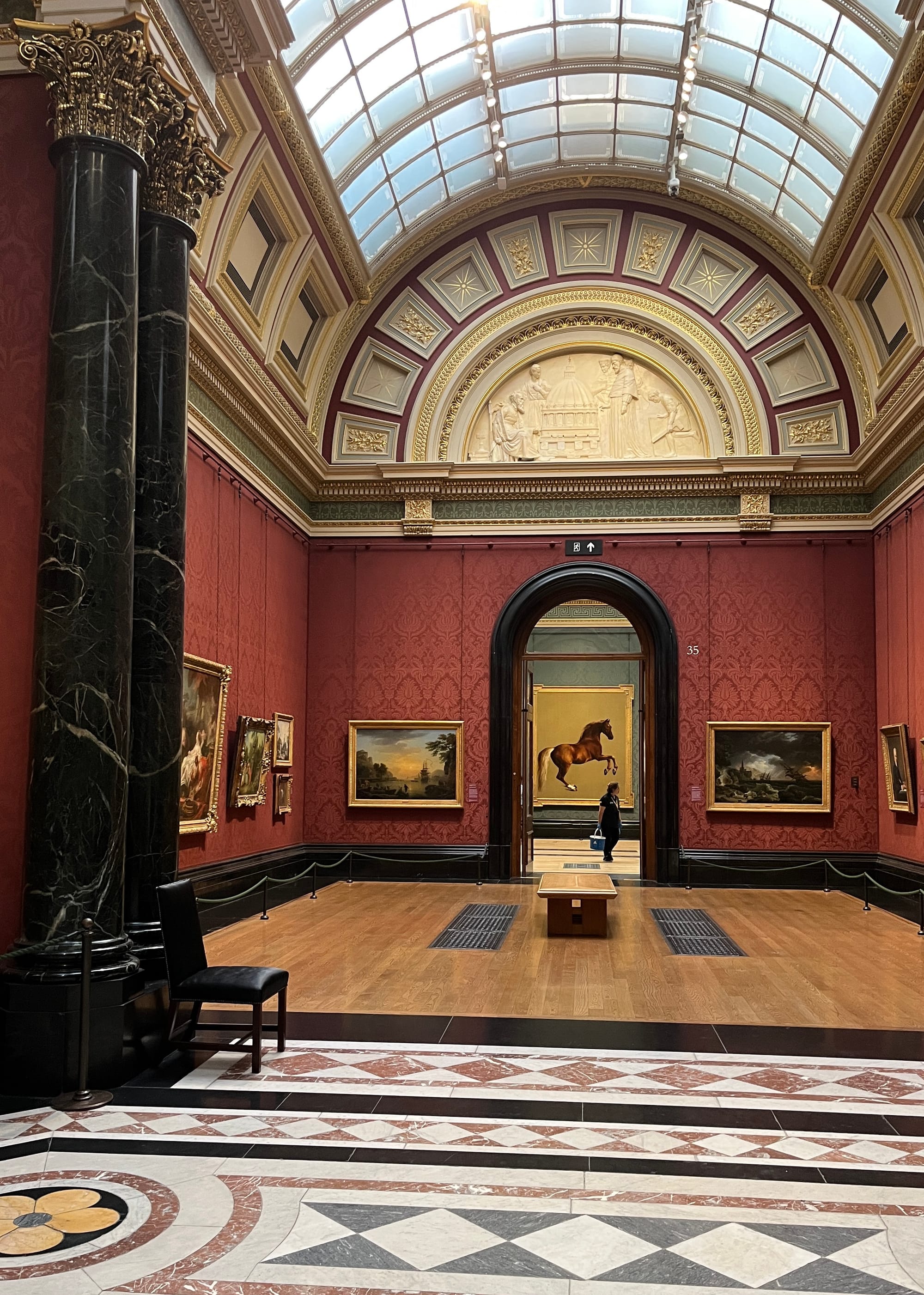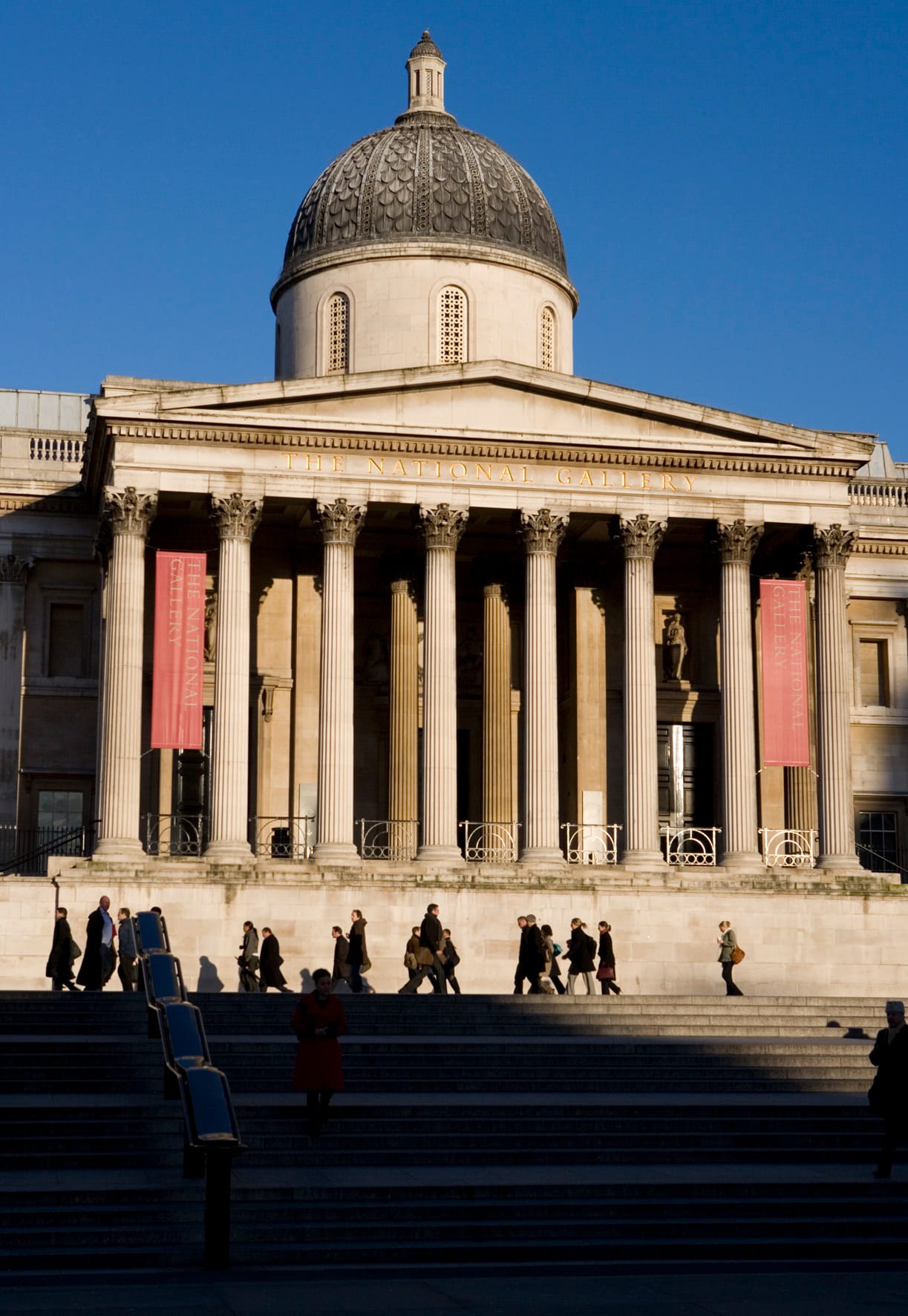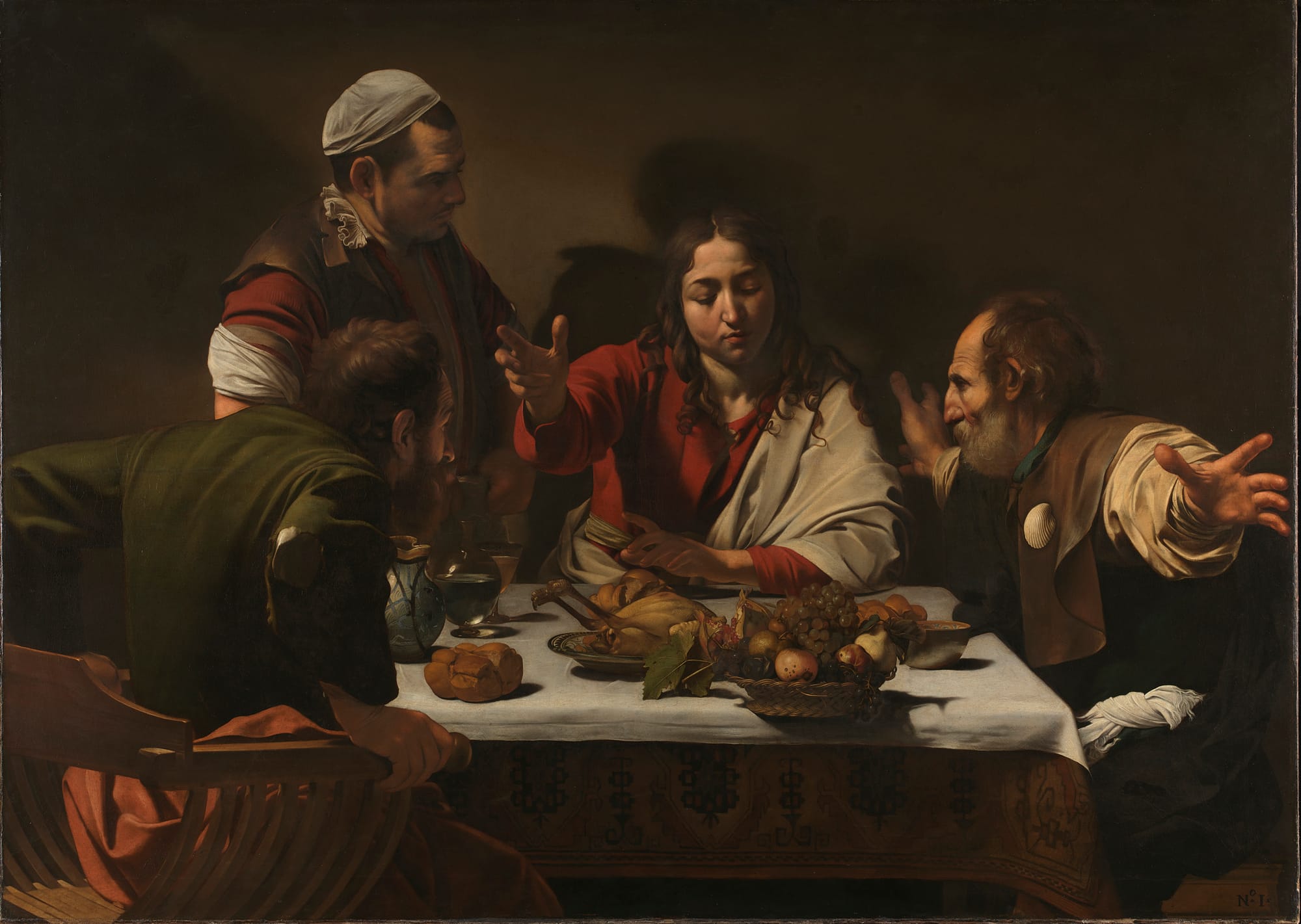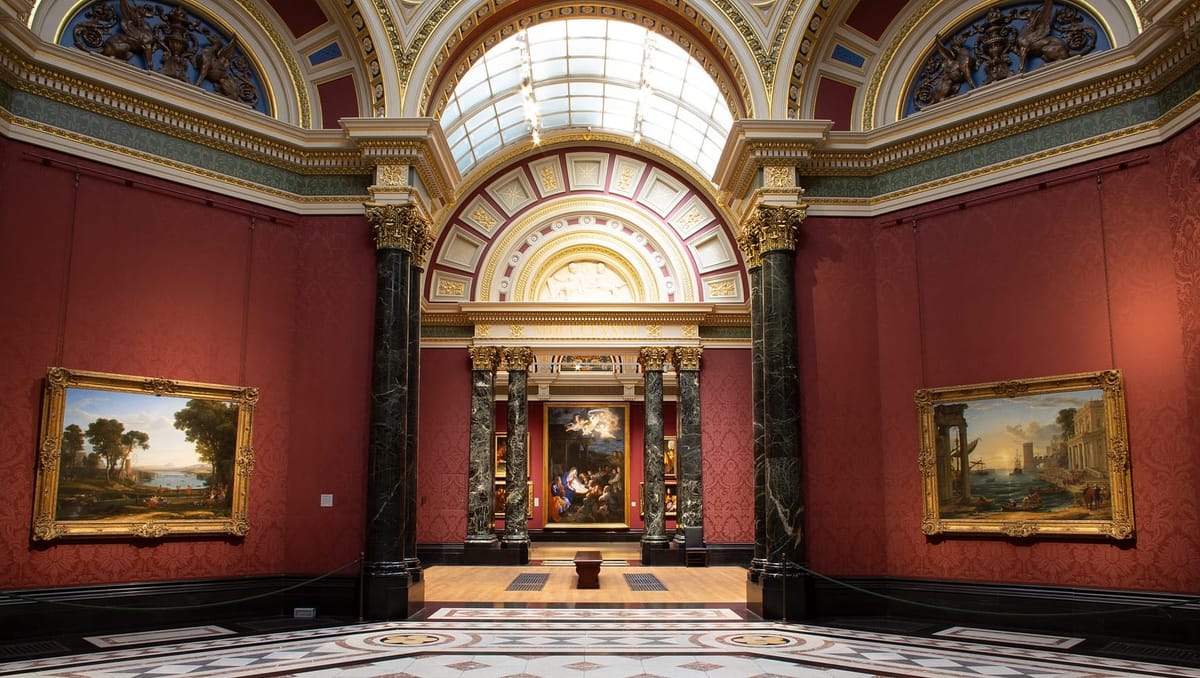In the past few years, there has been a spate of high-profile “rehangs” of permanent collections in major museums, particularly in London and New York. London’s National Gallery just officially opened theirs this month, and Tate Britain and the National Portrait Gallery in London and the Metropolitan Museum of Art and the Museum of Modern Art in New York opened their own in the past three years.
A rehang, or moving around the works in the permanent collection, is not a new concept, but the discourse around these recent projects is heavy with an anxiety that is specific to this moment in time. A rehang reveals the precarity of ‘history’ that museums so ostentatiously canonise, with their stone steps and granite columns. It is a purposeful reevaluation of the museum space and the story it tells – it reminds us that the canon is not as fixed as we are told.
The London rehangs have gotten dramatically mixed reviews. JJ Charlesworth wrote that Tate Britain’s rehang insists “on turning art into a cipher for social history,” revealing the fundamental irrelevance of historic British art to the contemporary nation. Alastair Sook asked “are the gallery's bosses embarrassed by its art?” But Ben Luke called it a “masterclass” and Mark Hudson said it was “ambitious” and “re-energising.”
Tate Britain’s rehang encapsulates the political, identity-forward lens of curating and interpreting art that inspires such a cacophony of dissonant reactions and fearmongering about the future of art itself. The National Gallery has gone in precisely the opposite direction: they’ve kept a chronological arrangement to their galleries and have all their masterpieces front and centre. When there is text in any of the galleries, it is nothing like Tate Britain’s – very little interpretive guidance, and very much historic and biographical context. Nothing that could possibly be read as “woke.” And so, unsurprisingly, the rehang has gotten universal acclaim. “Momentous,” a “triumph,” “shining,” “glorious,” and “glowing” say the newspapers, with any criticism reserved for the architectural changes in the Sainsbury Wing.

There is one single thematic, non-chronological room: more of a hallway than a gallery. A small octagonal room with only 4 paintings, it shows portraits of women from the seventeenth century to the nineteenth. Going from Hans Holbein’s portrait of Christina of Sweden, through a Degas and a Klimt, and on to Max Pechstein’s German Expressionist painting of Charlotte Cuhrt, it has no guiding interpretation. Visitors who stop to actually take in the selection of paintings might reflect on the representation of women in Western art, and might then be led to notice that none of these paintings are by women, and then realise that almost none of the paintings in the entire Gallery are by women and not that many even depict them. It is almost a bit of self-reflection from the National Gallery on gender in their collection. But I would wager that many visitors will pass through the room, wonder at why paintings that don’t seem to match are thrown together, look around for a bit of text, and move on when they see that there is none.
All this chatter about museum rehangs hinges on whether or not we should “[burden] the art of the past with the politics of today.” But I think that’s a farce. We overwhelmingly seem to forget that the idea of the ‘museum’ isn’t very old – only a couple of hundred years. It is a fundamentally nineteenth-century construct; all the museums I’ve mentioned here, except MoMA (and only by a wire) were founded and built in the nineteenth century. The idea of a public collection of art that is open to “all,” with an edifying, charitable philosophy and a sense that taste and history should be organised into a hierarchy, come from a specific moment in history. Everything in a museum is burdened with that politics, already.
The National Gallery’s rehang is beautiful, and its collection is stunning. But it is a nineteenth-century time capsule. The building, and the collection, were created by Victorians and they reflect Victorian tastes – even though most of the paintings are older than that. The collection is almost half Italian art, because nineteenth-century Brits were obsessed with Italy. The patterns of mostly large-scale history or narrative paintings, with a few portraits and even fewer still lifes and landscapes, reflects Victorian hierarchies of genre. It’s intensely Victorian.
Do not get me wrong, I love Victoriana, I really do (I am literally a Victorianist). But I find arguments about keeping art in its own context, leaving it out of our current politics and tastes, so oversimplified, because none of this art was collected in its own context. Yes, the reason a particular Titian was commissioned is important, but so is the reason it found its way to London. The history of British taste and wealth, which is tied up with British colonialism and with British class, is as much the story being told here as the story of the artists represented on the walls. Why should we have to act as if the art on the gallery walls sprung out of Rembrandt’s studio into Trafalgar Square, with no interference by time and people? Of course it resonates differently to viewers in 2025 than in 1875.

The fact that the National Gallery’s rehang is a “triumph” and Tate Britain’s is “vacuous…and fundamentally dull” tells me that what critics and museum-goers want in 2025 is the illusion of Victorian excess and dominance. It’s not just that people don’t want to feel guilt or be challenged about British history – it’s deeper than that. The particular feeling of invincibility of the High Victorian, High Empire moment of British history is intoxicating for a nation that has been in denial about its managed decline ever since.
We are living through another gilded age, and I’m not the first to say it. Britain is not the empire on which the sun never sets anymore – that’s America, now, we just don’t call it that. It seems that the same magic tricks appeal in this second era of extreme wealth disparity, geopolitical jockeying and violent extraction, and cultural excess. The hallowed halls of the National Gallery are frozen in a pre-Industrial fantasy, a jewel box shutting out the depravity and unfairness of the world outside its portico as it has done since the doors opened on Trafalgar Square in 1838.

But do we really believe that these paintings cannot speak to us in our time as they spoke to the Victorians in theirs? Can we not find our own connections, resonances, sparkling brilliances, flaws, and challenges in these works that predated the museum itself? The people who collected the Caravaggios and Duccios and Vermeers and Artemisias and Gainsboroughs that line the National Gallery’s walls pulled them from the time of their making into their own present, the tumultuous nineteenth century. They were beautiful to them then, and they are beautiful to us now, but in different ways, in our own volatile twenty-first. We can continue walking with them through time, seeing them anew with each generation. We seem afraid of what they will be outside a Victorian context, but we shouldn’t be: we’re already there, we just need to look around.

